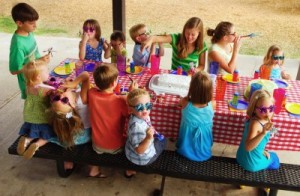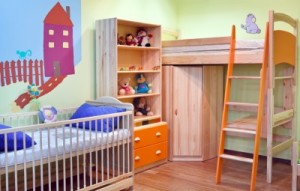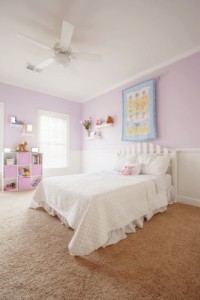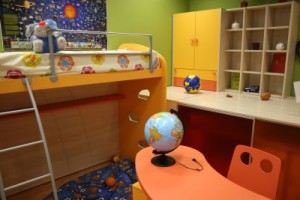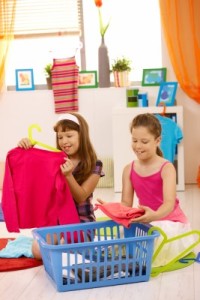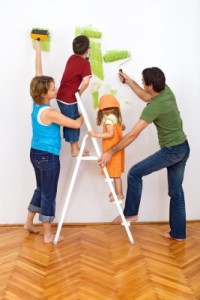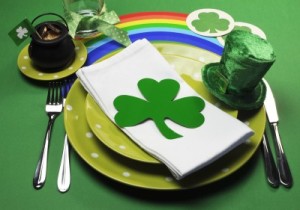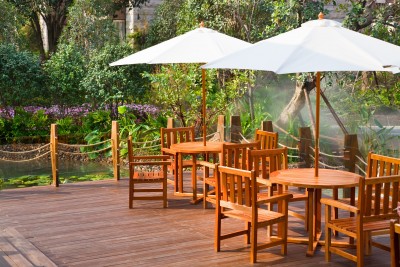 Now that summer’s heat is upon us, it’s time to come up with ways to enjoy being outdoors in spite of the temperatures. Here are a few suggestions to make the most of the season.
Now that summer’s heat is upon us, it’s time to come up with ways to enjoy being outdoors in spite of the temperatures. Here are a few suggestions to make the most of the season.
Al fresco breakfast: The temperatures stay cool in the morning here in Arizona well into the summer. How about planning breakfasts outside instead of dinners? Place dishes, bowls and silverware on a tray, and add cereal, eggs or whatever is planned for breakfast that day. It only takes a few minutes to move outside, and you and your family will have a cheerful start to the day before temperatures rise.
Shade: The best shade comes from trees, but a covered patio or umbrellas such as the ones in the photo provide a close second. Just remember to close the umbrellas when you’re not using them, because our Arizona sun can fade and wear them out quickly.
Misting: You can hire a company to install misters or pick up a do-it-yourself kit at your local hardware store. The cool damp air works well in our dry weather as an informal evaporative cooler. When sitting under the mist, the temperature can feel much more enjoyable.
Outdoor ceiling fans: NOT to be combined with misting systems! These fans don’t actually lower the temperature, but they can make you feel cooler when sitting under them. Even though your fan may be under a covered patio, be sure to buy one designed for outdoor use. It is then protected from dust and other weather elements.
Choose your best options from among these or others, to allow you to extend your outdoor enjoyment for a few more months every year.

